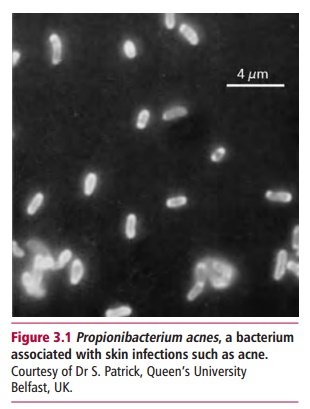Chapter: Biology of Disease: Infectious Diseases and Treatments
Infectious Diseases and Treatments: Introduction
INFECTIOUS DISEASES AND TREATMENTS
INTRODUCTION
The presence of virulence factors, described, allows
pathogenic microorganisms to infect specific body systems and cause a vast
range of diseases. A small number of such organisms are also able to cause systemicdisease, that is one affecting
the whole body. A pathogen must be transmitted from a source to the patient.
Direct contact between hosts is the most obvious form of transmission but
coughs and sneezes (aerosols), food, water and arthropod vectors are all used
by various pathogens. The long-term survival of pathogenic microorganisms also
depends on them maintaining their infectivity during transmission from host to
host. The sources of pathogens can be abiotic, soil, water for example, or
animals or other humans. Diseases that infect animals and humans are called zoonoses, while humans who harbor a
pathogen but are symptomless are called carriers.


Related Topics